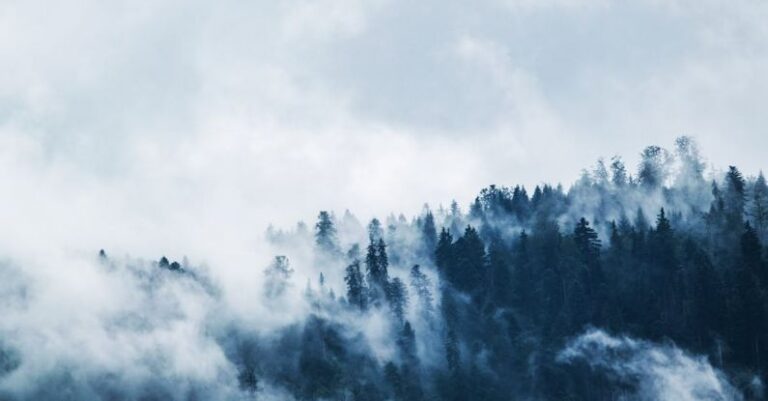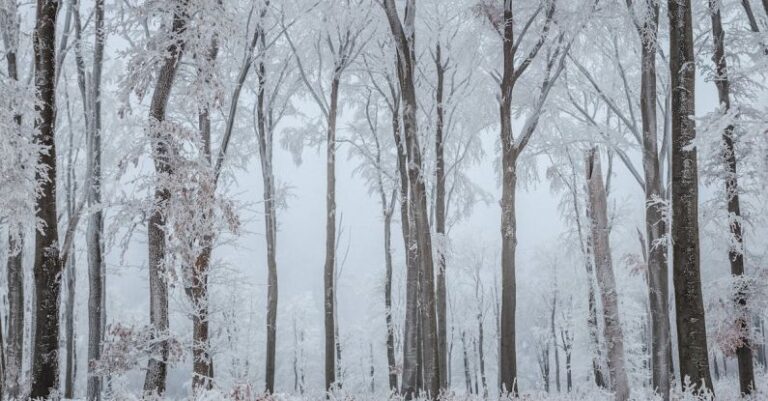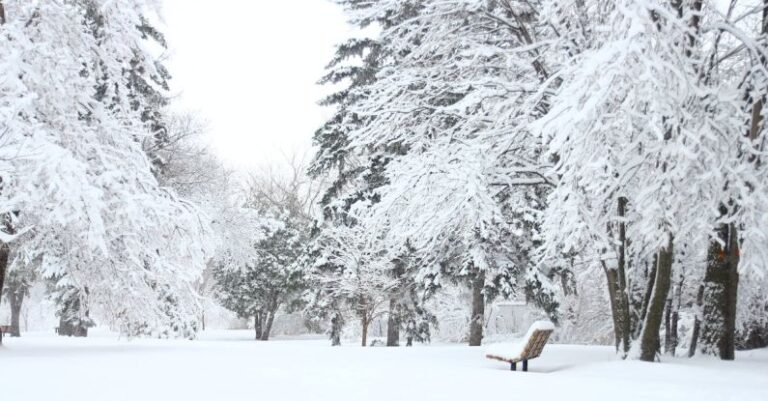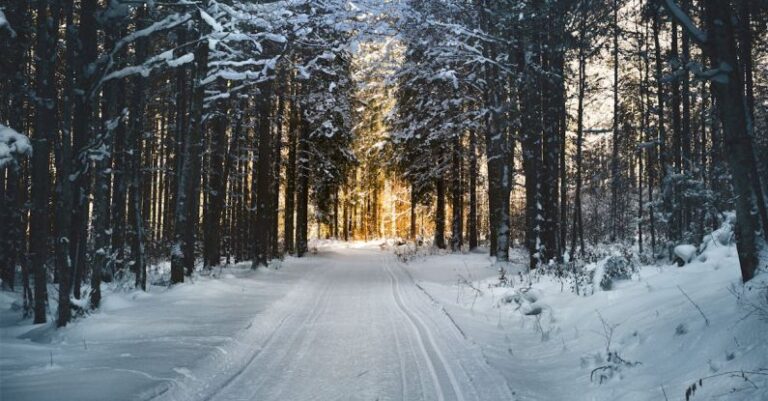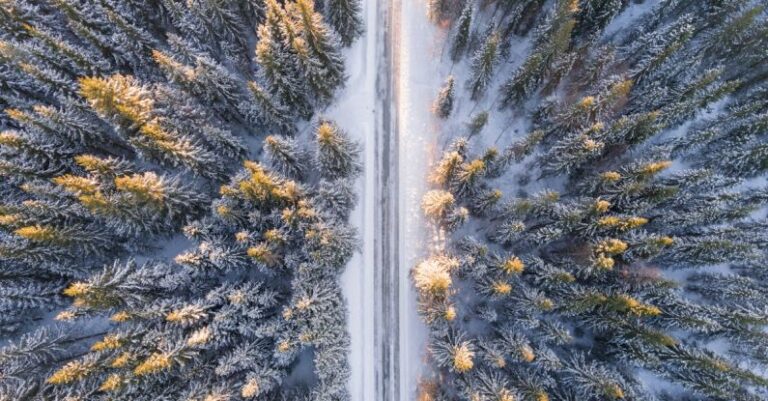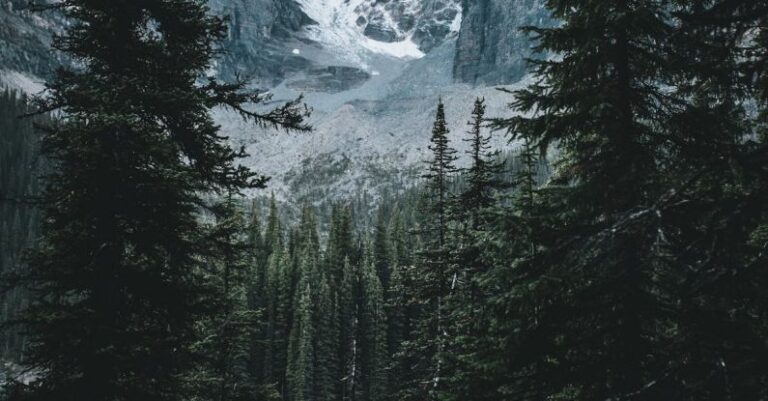
Snowshoeing in deep snow can be a thrilling and invigorating experience for outdoor enthusiasts. As winter blankets the landscape with soft, powdery snow, it creates the perfect conditions for exploring the wilderness on snowshoes. However, navigating through deep snow requires a different set of skills and strategies compared to regular snowshoeing on packed trails. To make the most of your snowshoeing adventure in deep snow, here are some valuable tips to keep in mind.
Choosing the Right Snowshoes
Selecting the appropriate snowshoes for deep snow is crucial to ensure a comfortable and efficient trek. Opt for snowshoes that have a larger surface area to help distribute your weight and prevent you from sinking too deeply into the snow. Look for models with aggressive crampons or cleats underneath to provide traction on slippery terrain. Additionally, adjustable bindings will allow you to customize the fit to accommodate bulky winter boots, providing added stability and control.
Adjusting Your Stride
When snowshoeing in deep snow, it’s essential to modify your stride to adapt to the challenging conditions. Take shorter steps to prevent your snowshoes from overlapping, which can cause you to trip or stumble. Lift your knees slightly higher than usual to create a more efficient forward movement through the deep snow. Engage your core muscles to maintain balance and stability as you navigate through uneven terrain. By adjusting your stride to suit the snow depth, you’ll conserve energy and enjoy a smoother snowshoeing experience.
Picking the Right Terrain
Choosing the right terrain is key to a successful snowshoeing adventure in deep snow. Opt for routes that offer a mix of open areas and sheltered forests to provide variety and different levels of challenge. Avoid steep inclines or dense vegetation that can make snowshoeing more strenuous and potentially hazardous. Look for well-marked trails or areas with packed snow to reduce the effort required to travel through deep snow. By selecting suitable terrain, you’ll enhance your enjoyment of snowshoeing and minimize the risk of getting stuck or lost in the snow.
Dressing Appropriately
Dressing appropriately for snowshoeing in deep snow is essential to stay warm, dry, and comfortable throughout your trek. Layering is key to regulating your body temperature and adapting to changing weather conditions. Start with moisture-wicking base layers to keep sweat away from your skin, followed by insulating mid-layers to trap heat. Finish with a waterproof and windproof outer shell to protect you from snow, wind, and moisture. Don’t forget to wear insulated waterproof boots, warm gloves, a hat, and sunglasses to shield your eyes from glare and UV rays. By dressing properly, you’ll be prepared for whatever Mother Nature throws your way during your snowshoeing adventure.
Navigating through Deep Snow
When traversing deep snow on snowshoes, it’s important to use proper techniques to maintain your balance and momentum. Keep your weight centered over your snowshoes to prevent them from sinking too deeply into the snow. Use your trekking poles for added stability and propulsion, planting them firmly in the snow with each step. Take breaks as needed to catch your breath and enjoy the serene winter landscape around you. Stay hydrated and fuel your body with snacks to keep your energy levels up during your snowshoeing excursion. By navigating through deep snow with skill and confidence, you’ll make the most of your time in the winter wonderland.
Conclusion: Embracing the Winter Wonderland
Snowshoeing in deep snow offers a unique opportunity to explore the winter wonderland and connect with nature in a serene setting. By following these tips for snowshoeing in deep snow, you’ll enhance your experience, stay safe, and make lasting memories in the snowy wilderness. So, grab your snowshoes, bundle up in your winter gear, and embark on an unforgettable snowshoeing adventure in deep snow. Embrace the beauty and tranquility of winter as you glide through the snow-covered landscape, appreciating the magic of the season.
